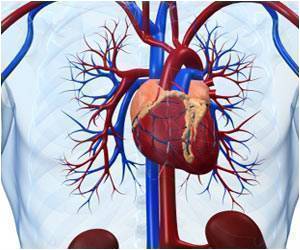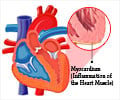Scientists have reported a new approach to evaluate a person's risk of cardiovascular disease, stroke, high blood pressure, or heart failure.

Khanna Nehemiah of the Anna University Chennai, India, and colleagues have developed a medical diagnostic system for predicting the severity of cardiovascular disease based on combining the fuzzy logic, neural networks and genetic algorithms.
The resulting statistical model improves on previous attempts and is accurate 9 times in 10 in determining patient risk.
Cardiovascular disease (CVD) refers to disorders of the heart or blood vessels and includes coronary heart disease, cerebrovascular disease, raised blood pressure, peripheral artery disease, rheumatic heart disease, congenital heart disease and heart failure.
"In order to reduce the rate of morbidity and mortality due to CVD, it is essential to diagnose early and administer appropriate treatment," explains Nehemiah, who points out how clinical diagnosis has always been supported by data analysis combined with medical expertise.
He and his colleagues hope that their new approach to analyzing patient risk will help reduce the time taken by medical experts to make a diagnosis.
Advertisement
The team concludes that their fuzzy neural network approach could be improved still further by tweaking the architecture of the network and by extracting generic rules from the system that could be used to obtain a more precise risk factor.
Advertisement
Source-ANI















